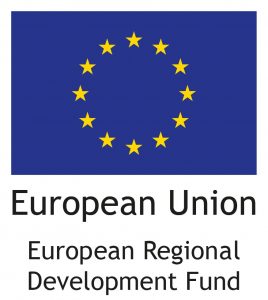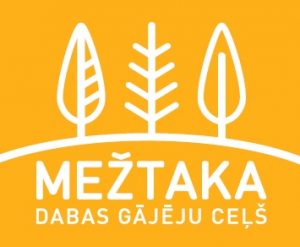New Life of Inčukalns Hunting Palace
We have arrived at Inčukalns Hunting Palace, surrounded by trees and not far from the River Gauja. The building surprises us with its untypical architecture and magnificence, and its aura undeniably represents the essence of forest and hunting. We have arrived at the palace, not only to look at the building itself, but also to meet Modris Kalvāns, the head of L.V.Mežs, a cooperative society providing forestry services.
Currently, the Hunting Palace is run by L.V.Mežs that delivers full-cycle forest management. It implies not only planting and monitoring, but also the conservation of biodiversity and ecological processes. Mr Kalvāns stresses that it is impossible to separate the green thinking from forest management, because the forest is and will be there, and we must learn to preserve and maintain it. And anyway, forester’s work bears fruit in approximately 30–40 years, so sustainability is at the heart of everything.
The Hunting Palace itself is still owned by the municipality of Inčukalns, and L.V.Mežs are the renters of this building, however, namely thanks to them, the building has survived and been preserved this far. Although now the building has both electricity and heating, it is still being upgraded and renovated. The landlord lets us look a little further into the future, in which the building’s top floor is to be transformed into a hotel for the members of the cooperative society as well as visitors to the vicinity. And indeed, development is obvious.
When being in the Palace and speaking to Mr Kalvāns, forest pervades everything: the name of the palace, its surroundings, plans for the future, and certainly its past. As we see, the Hunting Palace reminds a tourist centre: there is the Gauja, several guesthouses and recreation sites nearby, and a disc golf course that will soon be opened. The Hunting Palace literally entices people into the forest and resting by nature. With the funding from the EU projects, the cooperative society has also arranged a trail for testing hunters’ strength, where people seek inspiration from the might of nature and forest thus gaining not only physical but also spiritual strength.
The Hunting Palace makes the visitor feel that forests are superior to anything else here. They represent the whole life, often also a “pension fund”. Forestry is a huge industrial sector, but it isn’t fast money. Forests require constant care, cultivation and monitoring. A proper forester should go to the forest at least twice a year to understand what is going on there, how things evolve. Mr Kalvāns shares a number of stories, where the foresters having forgotten about their forest had found themselves in big trouble. However, it is not as simple as that, because forests need to be known and felt. Our host insists on the need for deep knowledge and education, which must be combined with dedication and years of experience.
Around Rīga, Inčukalns has long been famous for its forestry and distinguished surroundings. Mr Kalvāns was born and has grown up here, so tying his professional and everyday life to the forest has been just a logical choice. His working days are spent in forests, but it does not end there as Modris Kalvāns, like his ancestors in several generations, is also a hunter with 30 years of experience. For him, hunting isn’t just a hobby, it’s a way of life, a healthy ideology. That is why, among his other professional duties, he also focuses on cultivating traditions and improving the culture of hunting.
When reflecting on what attracted him to the forester’s trade in childhood, he mentions that back then foresters had worn a uniform thus demonstrating pride and responsibility for their work and promoting the trade. Even though it seems to be just a uniform, the conversation with Mr Kalvāns proves its significance. He says, if it was his competence, he would gladly re-establish the tradition that still exists in other European countries.
Our visit to the Hunting Palace lasted for less than an hour, but we managed to see a lot. This place is an excellent example of what can be done with the land, environment and a run-off building if there is an ambition and determination. Indeed, it must be acknowledged that the Hunting Palace draws its visitors in: both into the building and into the forest, and the originally planned couple of hours in this place next to the Gauja can very easily turn into a day.
Four of the tours in the long-distance “Forest Trail” hike run through Riga Planning Region: Rīga–Lake Baltezers, Lake Baltezers–Vangaži, Vangaži–Rāmkalni, Rāmkalni–Sigulda. “The Forest Trail” is a long-distance hiking route starting in Riga and continuing to Tallinn. The route is approximately 1050 kilometres long and is divided into 50 separate one-day tours, approximately 20 kilometres per day. The “Forest Trail” is being created within the project “Long-distance cross-border hiking route “The Forest Trail”” implemented with the support of the European Union and the Central Baltic Programme of the European Regional Development Fund.


